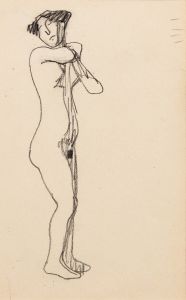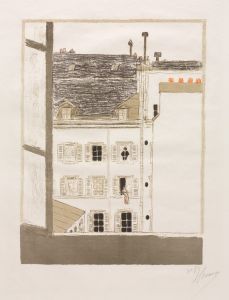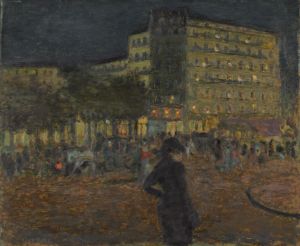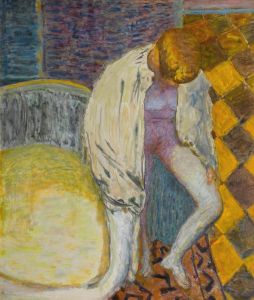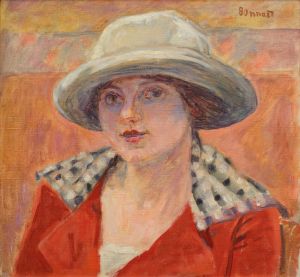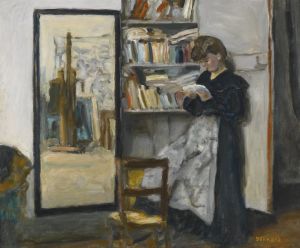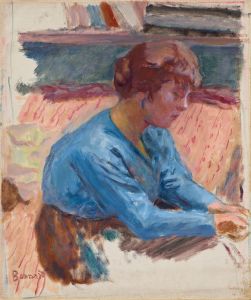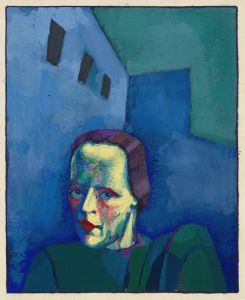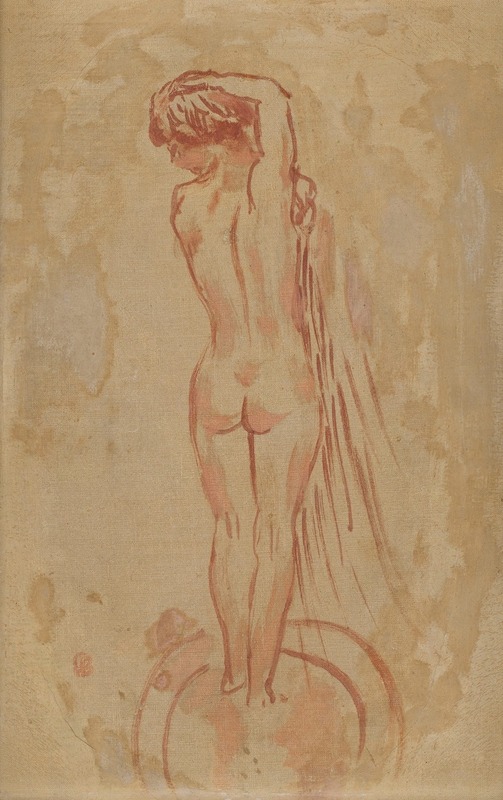
Nu de dos
A hand-painted replica of Pierre Bonnard’s masterpiece Nu de dos, meticulously crafted by professional artists to capture the true essence of the original. Each piece is created with museum-quality canvas and rare mineral pigments, carefully painted by experienced artists with delicate brushstrokes and rich, layered colors to perfectly recreate the texture of the original artwork. Unlike machine-printed reproductions, this hand-painted version brings the painting to life, infused with the artist’s emotions and skill in every stroke. Whether for personal collection or home decoration, it instantly elevates the artistic atmosphere of any space.
"Nu de dos" (Nude from the Back) is a painting by the French artist Pierre Bonnard, created around 1925. Bonnard, a prominent figure in the Post-Impressionist movement, is known for his vibrant use of color and his intimate domestic scenes. This particular work exemplifies his ability to capture the subtleties of light and the human form.
Pierre Bonnard was born on October 3, 1867, in Fontenay-aux-Roses, France. He was a founding member of the avant-garde group Les Nabis, which included artists like Édouard Vuillard and Maurice Denis. The group sought to break away from the naturalism of Impressionism and explore more symbolic and abstract forms of expression. Bonnard's work, however, retained a strong connection to the real world, often focusing on everyday scenes and interiors.
"Nu de dos" depicts a nude woman seen from behind, a common subject in Bonnard's oeuvre. The painting is characterized by its warm, rich palette and the soft, diffused light that bathes the figure. The woman's body is rendered with a delicate sensitivity, emphasizing the curves and contours of her form. The background is composed of loosely applied brushstrokes, creating a sense of depth and atmosphere without detracting from the central figure.
Bonnard's approach to painting was deeply influenced by his interest in photography. He often used photographs as references for his compositions, which allowed him to experiment with unusual perspectives and cropping. This technique is evident in "Nu de dos," where the figure is placed off-center, creating a dynamic and intimate composition.
The painting also reflects Bonnard's fascination with the interplay of light and color. He was known for his ability to capture the fleeting effects of light, and in "Nu de dos," the warm tones of the woman's skin contrast with the cooler hues of the background. This use of color creates a sense of harmony and balance, drawing the viewer's eye to the figure while also inviting them to explore the surrounding space.
Bonnard's work was well-received during his lifetime, and he exhibited regularly in Paris and other major cities. His paintings are now held in numerous prestigious collections around the world, including the Musée d'Orsay in Paris, the Tate Gallery in London, and the Museum of Modern Art in New York.
"Nu de dos" is a testament to Bonnard's skill as a painter and his ability to capture the beauty and complexity of the human form. It remains a significant example of his work and continues to be admired for its technical mastery and emotional depth.





